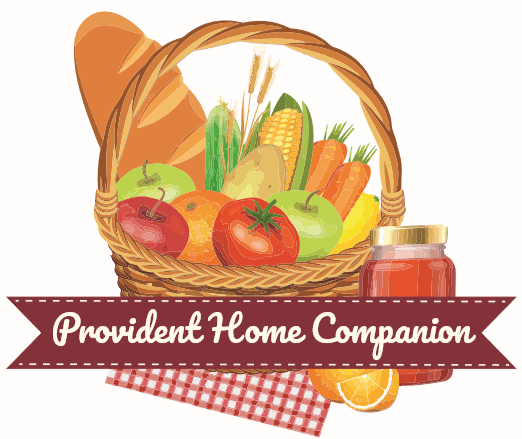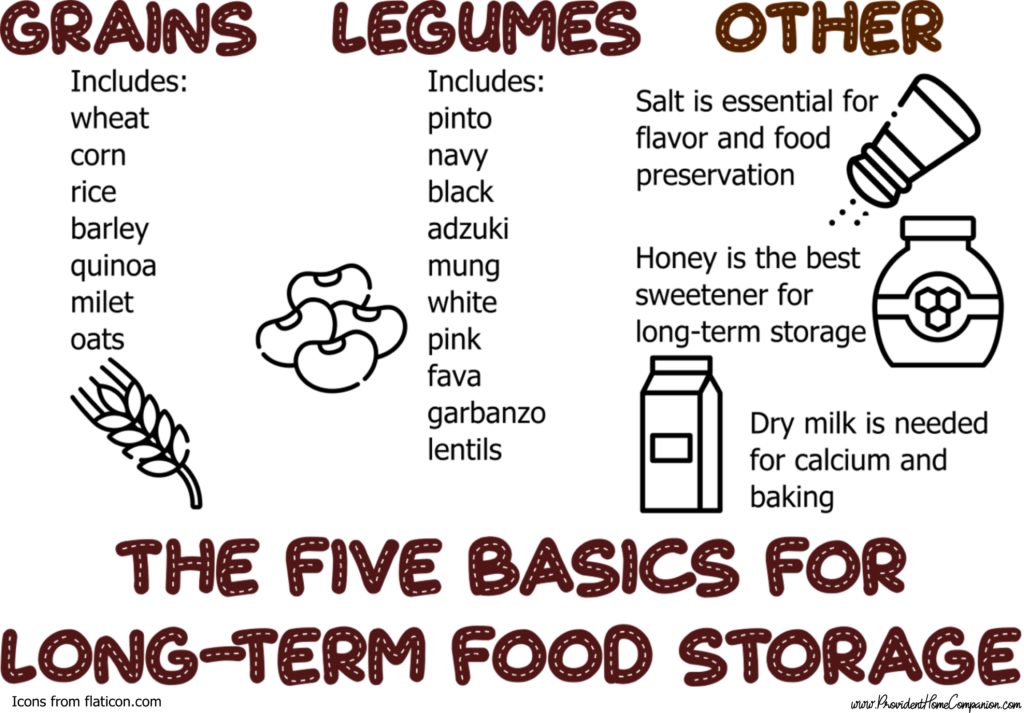

For months I've been writing about how important it is to have a three-month food storage. This is the most basic step to being prepared. Your “super pantry” should be stocked with the everyday food you eat, enough to last three months. This will help you get through most of the minor bumps of life.
It may now be time to start thinking of a long-term food supply. While the short term storage is designed to be used in a minor crisis, job cutbacks, major car or appliance repairs etc., a long-term supply is a year’s supply of food that can be stored for several years before needing to be replaced. That makes it good for a disaster that interrupts the food supply for more than three months.
Long-term food storage is definitely more preppery than a three-month supply. Not everyone is comfortable with the idea of a garage full of food. But in light of current food and supply chain shortages, it may be something you want to consider.
Long-term Food Storage
A lot of preppers just go buy 50 cases of MRE's and freeze-dried food and call it good. That is one way to get a year's supply of food. But there are some drawbacks to MREs:
For non-commodities (honey, milk and salt) buy in bulk from a grocery store or food co-op. Many grocery stores will give you a discount if you buy a case or more of food at a time.

Make it interesting
Now a diet consisting of five ingredients sounds like it might be a little boring. That’s only sort of true. In the category of grains you have a lot of variety. Wheat of course, will be the main component. You’ll use that to make bread, rolls, pastry, pasta and all sorts of other baked goods. But you’ll also want to include rice, corn, oats, possibly barley or quinoa, or other varieties of grain.
Your goal is to store 150-200 pounds of grains per adult per year. Store 1/2 to 3/4 that much for younger family members.
Legumes doesn’t just mean pinto beans. There are all sorts of dry beans and legumes you can buy: black beans, lima, red, navy, garbanzo and lentils, just to name a few. Each variety of bean has a different flavor and can be the foundation of a variety of tasty dishes. Try to get 25 pounds each of several different types of legumes. The goal is to have 100-150 lbs of legumes per adult per year. Younger family members will need 1/2 to 3/4 that much.
While this basic store of food will give you filling and nutritious food, you may still want to spice it up. Having a garden will go a long way to making meals from your basic food storage more varied and palatable. You should also store a good supply of herbs, spices and other condiments, as well as leavening agents like yeast and baking powder, to ensure everyone enjoys their meals.
As with all prepping, do not go into debt to get your long-term food supply. Instead, set aside your Christmas bonus, tax return or other windfall to buy a few hundred pounds of grains and legumes. Spend an affordable set-aside amount each month to get non-commodities.
Don't let the fear of unforeseen disaster overrule good budgeting practices. Work steadily but prudently to acquire a long-term food storage. You will rest easier knowing you are prepared, not only for the every-day bumps in life but for the bigger challenges as well.
https://www.providenthomecompanion.com/three-month-vs-long-term-storage/
https://mydakotan.com/2022/05/should-you-get-food-storage/